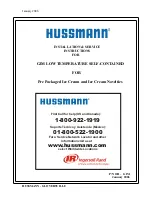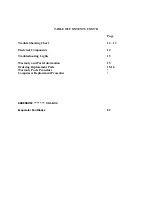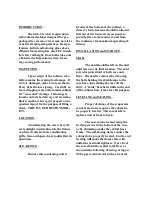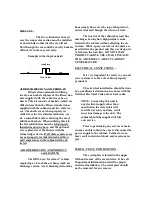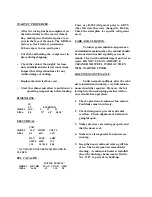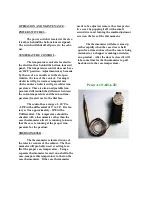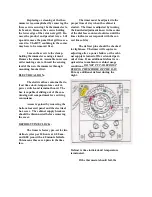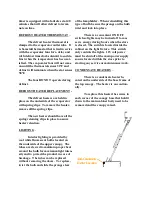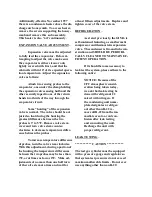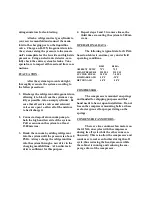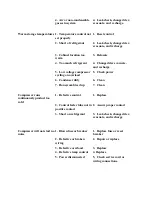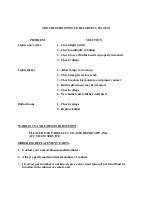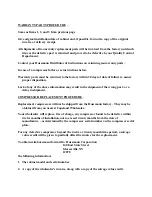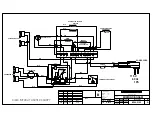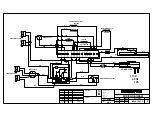
Additionally, effective November 1997
there is a condensate heater above the dis-
charge air honeycomb. To access heater,
remove the screws supporting the honey-
comb and remove this sub assembly.
This heater is also “on” continuously.
EXPANSION VALVE ADJUSTMENT –
Expansion valve must be adjusted
to fully feed the evaporator. Before at-
tempting to adjust the valve make sure
the evaporator is either clean or only
lightly covered with frost, and that the
cabinet is within 10º of its expected opera-
tion temperature. Adjust the expansion
valve as follows:
Attach two sensing probes to the
evaporator, one under the clamp holding
the expansion valve s ensing bulb and the
other s ecurely taped to one of the return
bends two thirds of the way through the
evaporator circuit.
Some “hunting” of the expansion
valve is normal. The valve should be ad-
justed so that during the hunting the
greatest difference between the two
probes is 3º to 5ºF. Remove valve stem
cover and turn valve stem counter-
clockwise to decrease temperature differ-
ence between the probes.
To increase temperature difference
of probes, turn the valve stem clockwise.
With this adjustment, during a portion of
the hunting the temperature differences
between the two probes may be less than
3ºF , or at times as low as 0ºF. Make ad-
justments of no more than one half turn
of the valve stem at a time and w ait for
at least fifteen adjus tments. Replace and
tighten cover of the valve stem.
REFRIGERATION –
As stated previously, the GIM-6 is
self-contained featuring a semi-hermetic
compressor and thermostatic expansion
valve. The condenser is fin-and tube con-
struction and SHOULD BE PERIODI-
CALLY CLEANED TO MAINTAIN EF-
FICIENT OPERATION.
If it should become necessary to
leak test the system, please adhere to the
following notice:
NOTICE: Because of the
CFC atmospheric cons id-
eration being taken today,
we as k that leak testing be
done with refrigerant 22
mixed with nitrogen. If
the condensing unit name-
plate des ignates a refriger-
ant other than R-22 re-
move all R-22 from the im-
mediate area to avoid con-
fusion after leak testing
and evacuating the unit.
Recharge the unit with
proper refrigerant.
LEAK TESTING –
*********** CAUTION ***********
The test gas cylinder must be equipped
with a pressure gauge and regulator so
that system test pressures do not exceed
maximum allowable limits. Do not ever
use anything other than an R-22/

